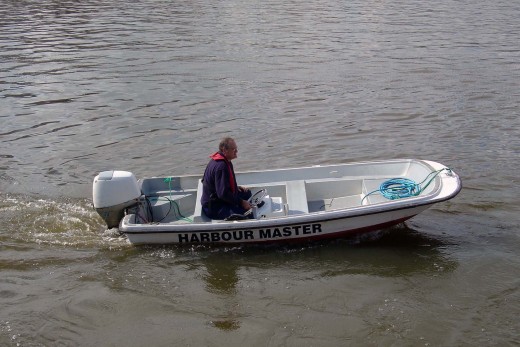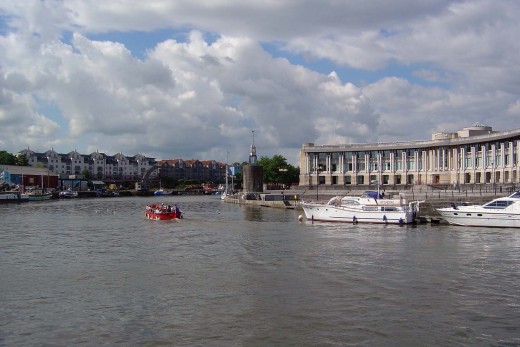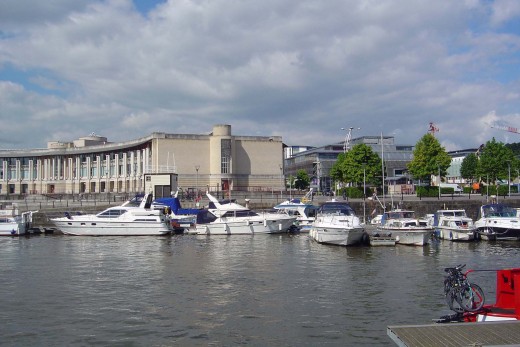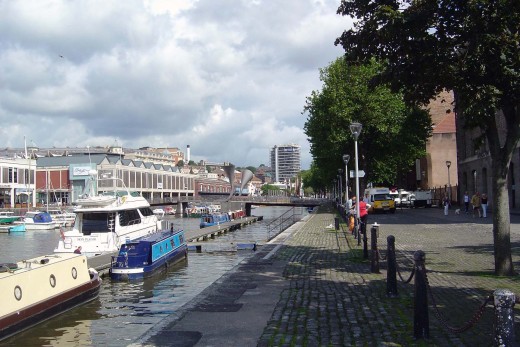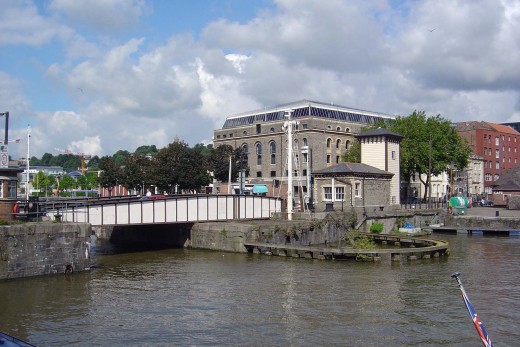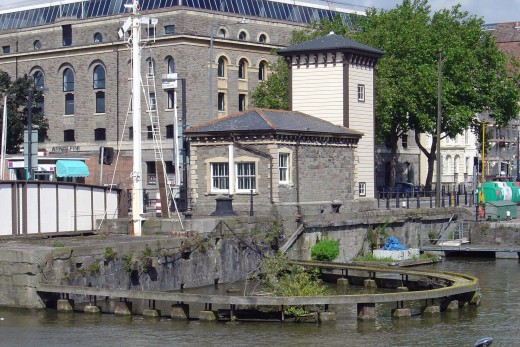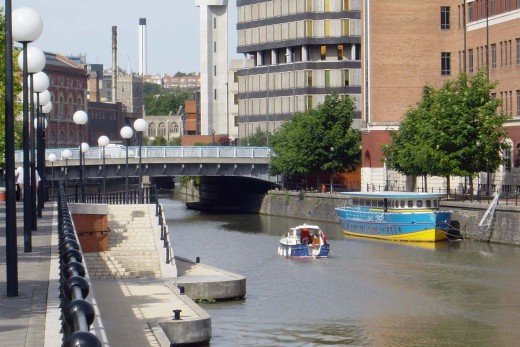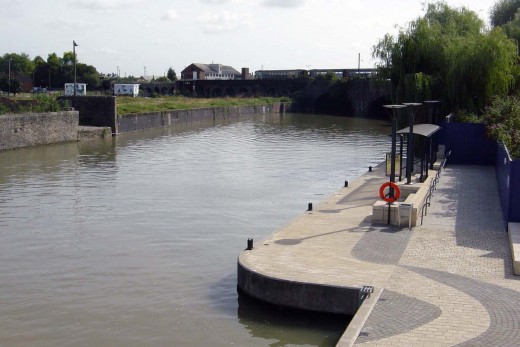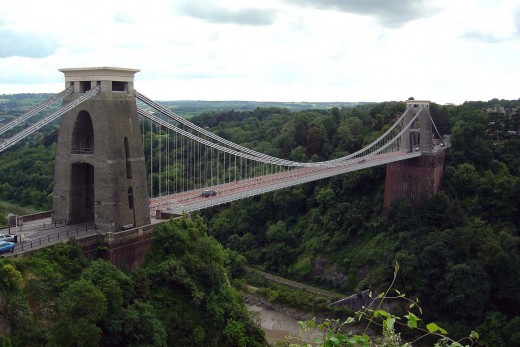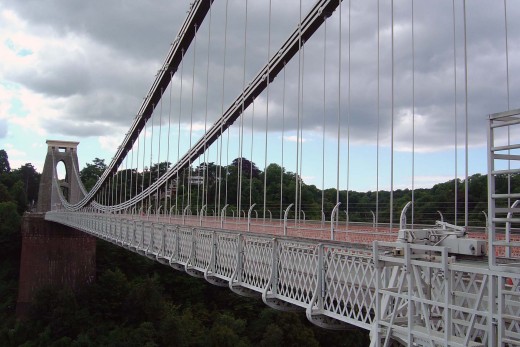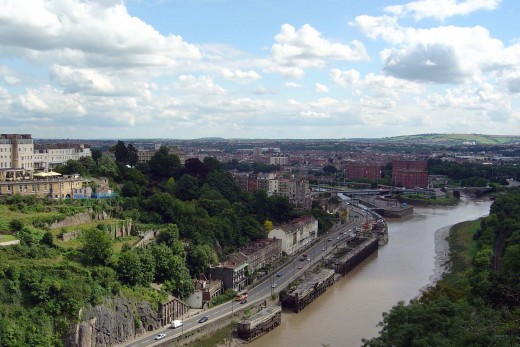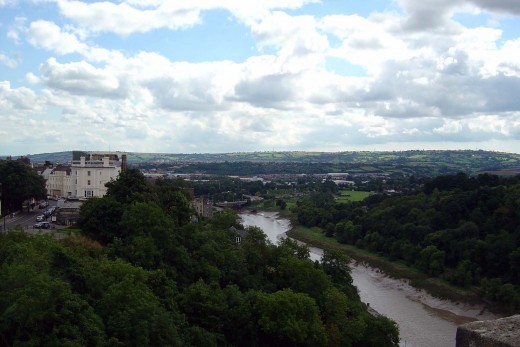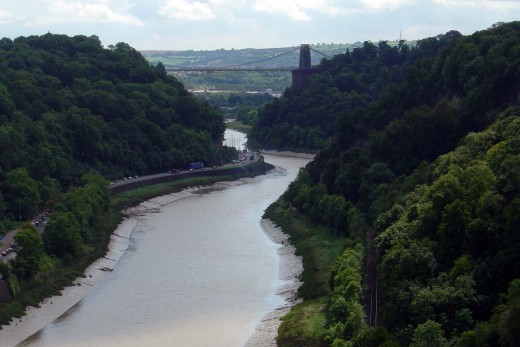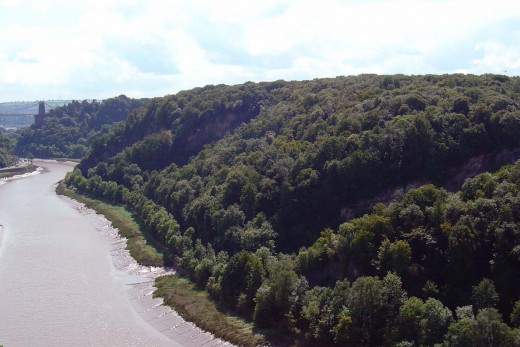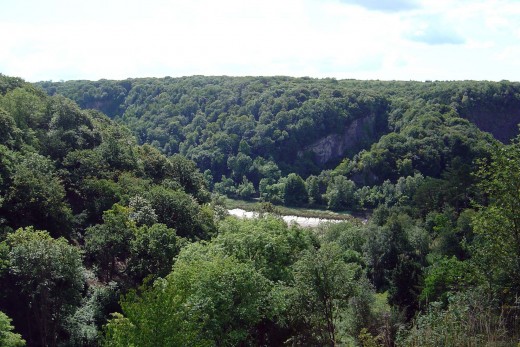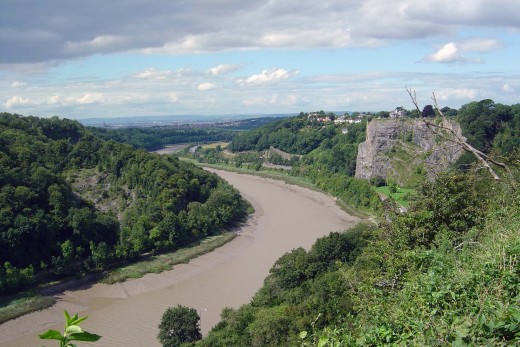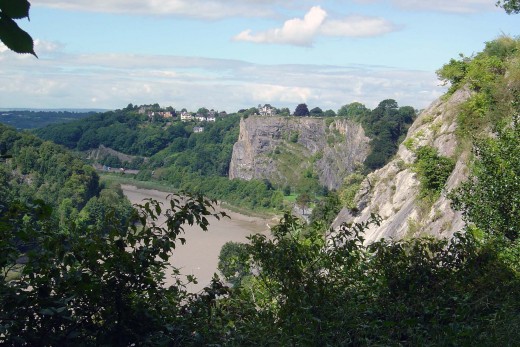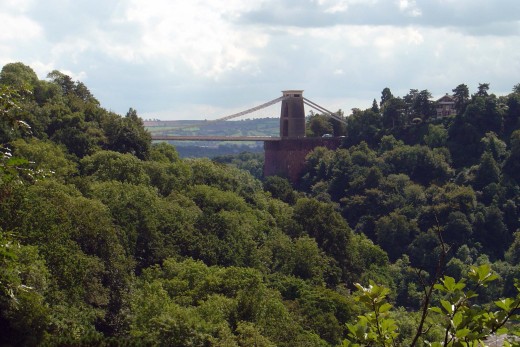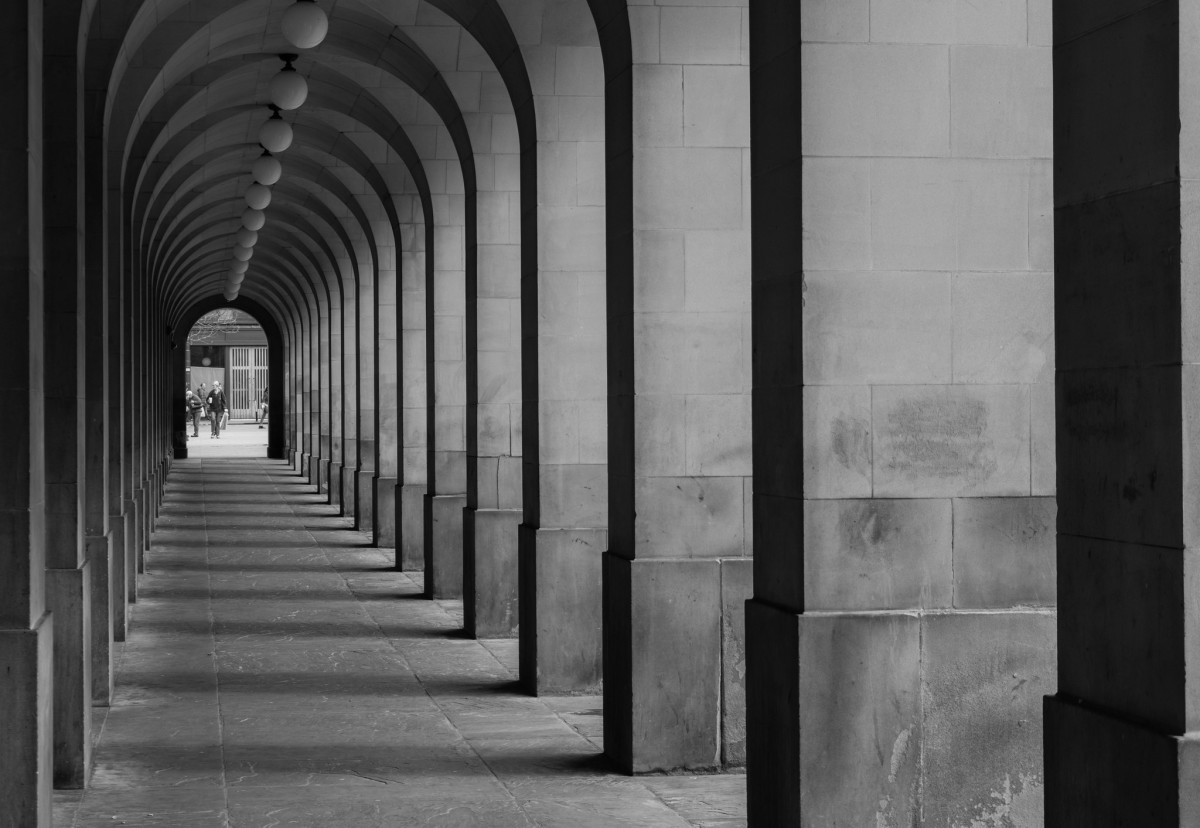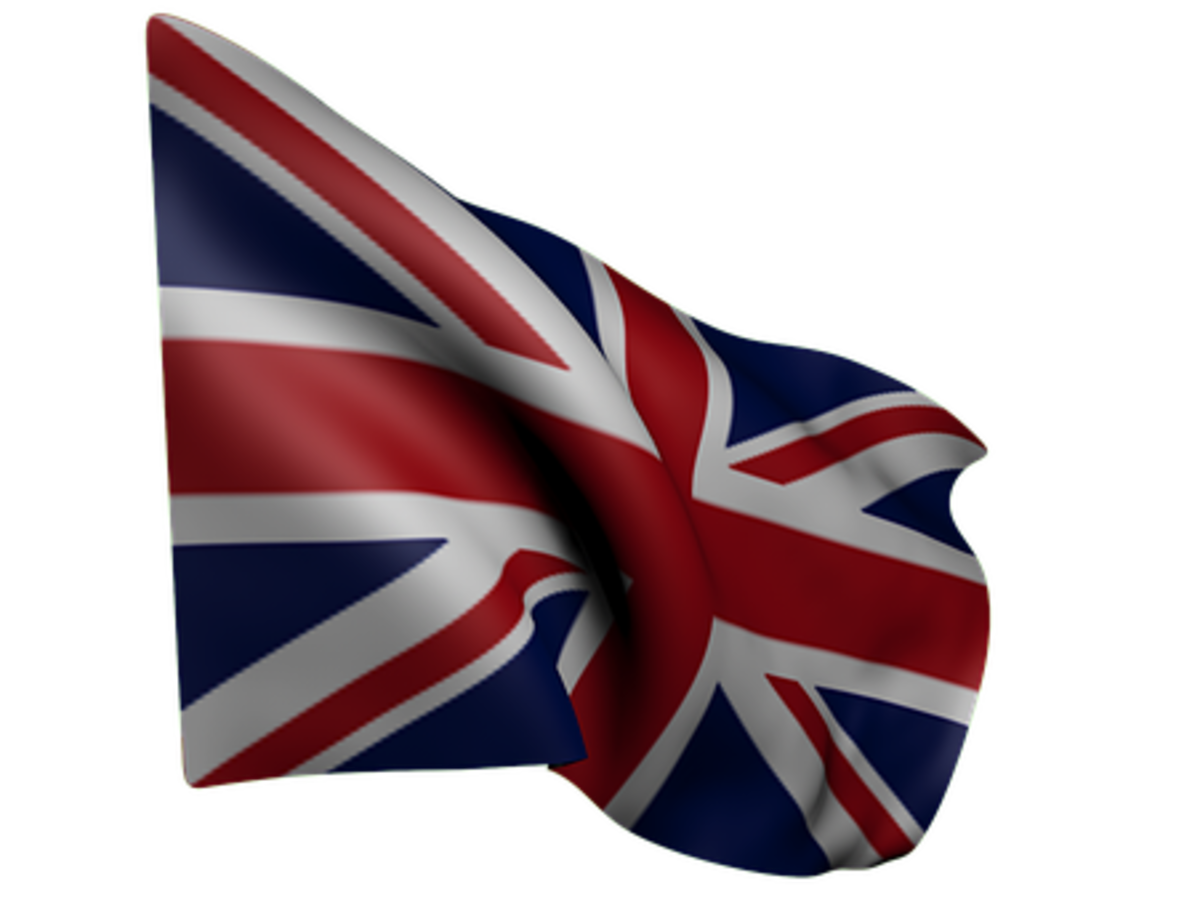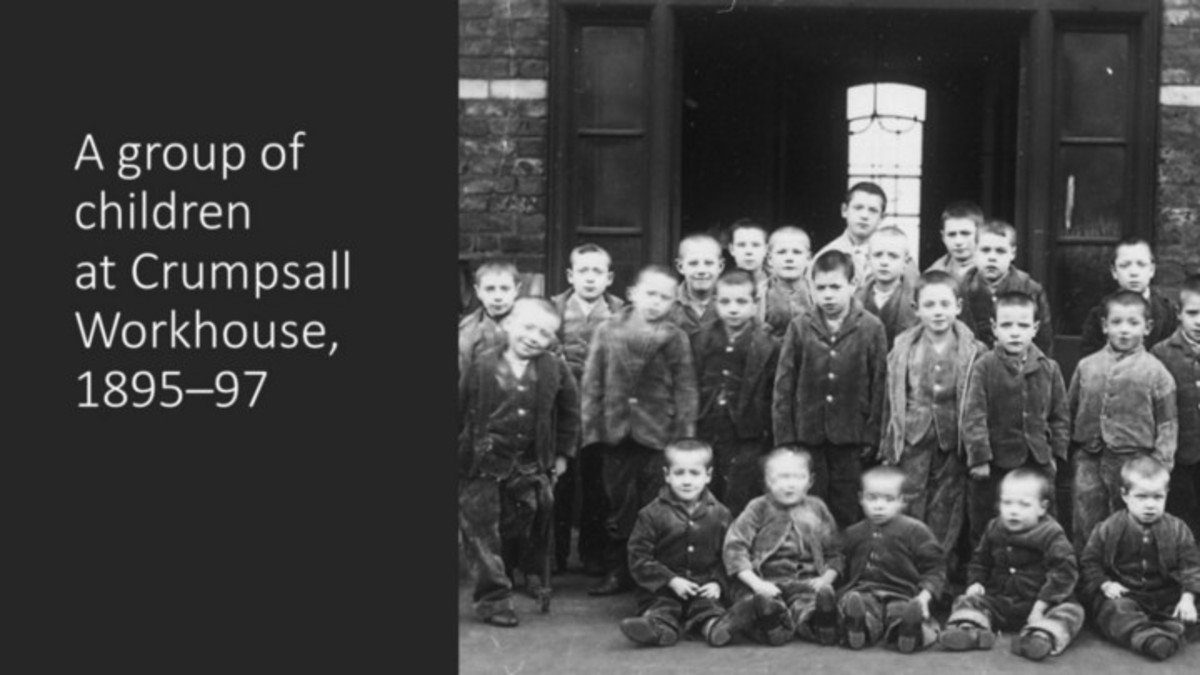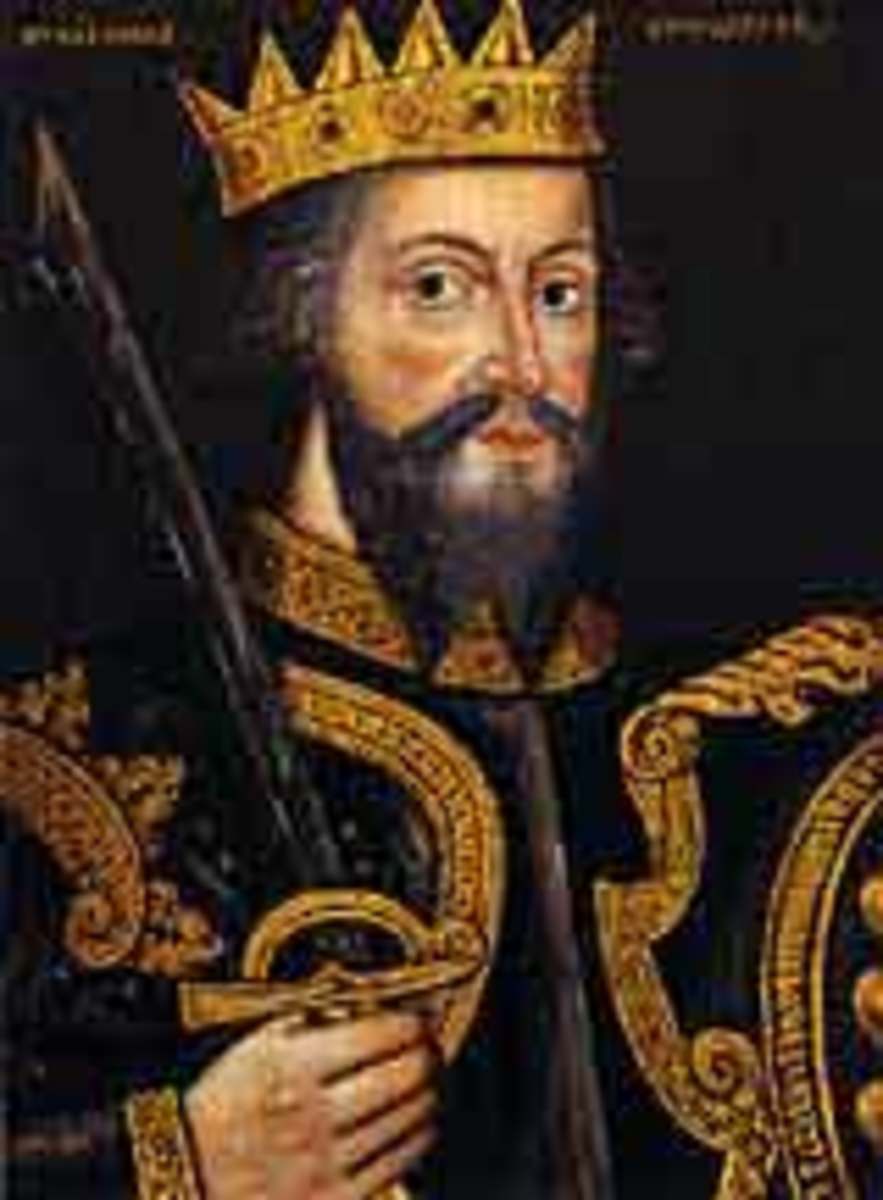- HubPages»
- Education and Science»
- History & Archaeology»
- History of Europe
Brief Guide to Bristol's Origin, History and its Architecture
Bristol, a City in South West England, UK
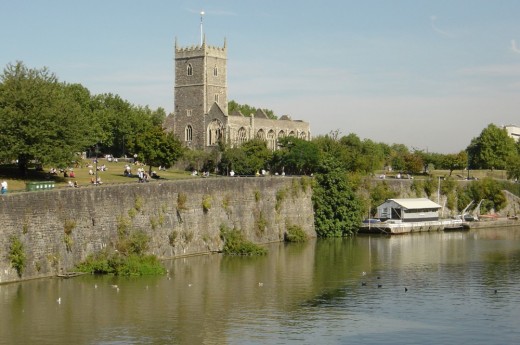

BRIGSTOWE
Place by the Bridge
BRISTOL, Brycgstow (Old English), Brigstowe/Brigstow (Middle English) meaning 'Bridge Place'. (Middle English stowen, from stowe meaning 'place').
Bristol started as a small Anglo-Saxon settlement on the river Avon, and as its name suggests was centered around a wooden bridge joining the community on both sides of the river.
Above photo was taken from Bristol Bridge (close to where the original Bristol Bridge stood) of Castle Green, the site where Bristol Castle once stood. This picture shows a church (built on the ruins of the old Bristol Castle), the church being bombed during the blitz in the second world war has been preserved and now stands as a monument.
The first known bridge built in the years before the Norman Conquest was constructed of wood from Kingswood Forest. Under Norman rule Bristol acquired one of the strongest castles in southern England; the River Avon in the city centre slowly evolved into Bristol Harbour which from the 12th century became an important port handling much of England's trade with Ireland.
In 1247 the original bridge was rebuilt in stone and houses built on it (on both sides of the road). These houses were five stories high and overhung the river much as Tudor houses would overhang the streets. The town also extended to incorporate neighbouring suburbs, becoming (by Royal Charter) in 1373 a county in its own right, during this period Bristol also became a centre of shipbuilding and manufacturing. During the Civil War of 1641-1651 the bridge housed a number of goldsmiths, undoubtedly attracted by the unusually secure premises, and its population was predominantly parliamentarian.
In the 1760 a bill to replace the bridge was carried through parliament by the Bristol MP Sir Jarrit Smyth. The commission accepted the design of James Bridges and built by Thomas Paty between 1763 and 1768. The new Bristol Bridge was partly paid for by tolls which in 1793 led to the Bristol Bridge Riot. Bristol Bridge is now a grade II listed building. James Bridges (born 1725) who designed Bristol Bridge was an architect working in Bristol between 1757 and 1763. He was the son of a Hertfordshire clockmaker and arrived in Bristol after taking his father's clock, the Microcosm, on a tour of the American colonies).

John Cabot (1450-1498)
Sails from Bristol in the Matthew to Discover Newfoundland in 1497
John Cabot (Giovanni Caboto) (1450-1498) was an Italian navigator and explorer commonly credited as the first European (since the Vikings) to discover North America, Newfoundland, in 1497.
John Cabot set sail with a crew of 18 in the Matthew from Bristol in May 1497 and landed on the coast of Newfoundland (now part of Canada) on 24 June. On the homeward voyage his sailors incorrectly thought they were going too far north, so Cabot sailed a more southerly course, reaching Brittany instead of England, but they finally arrived back in Bristol 6th August.
For his discovery Cabot was made an Admiral and rewarded with 10 and a pension of 20 a year. The following year, 1498, he departed again, with 5 ships this time. One of the ships returned to an Irish port due to storm damage and upon repair headed west. Cabot and his expedition were never heard from again and are presumed to have been lost at sea.
Cabot Tower in Bristol
In Honour of John Cabot
Cabot Tower was built in John Cabot's honour in Bristol, and another Cabot Tower built in St. John's, Newfoundland. Cabot Tower in Bristol, England is located in a public park on Brandon Hill between the city centre, Clifton and Hotwells. It was built in 1897 in memory of John Cabot, 400 years after he set sail in the Matthew from Bristol and landed in what was later to become Canada. The architect was William Venn Gough. The tower consists of a spiral staircase and two viewing platforms which overlook the city, the higher of which is approximately 334 feet (102 m) above sea level. The tower, 32.4m (105 ft) high and built from red sandstone covered with cream Bath stone gives its name to the area and Council ward of Cabot and has been designated by English Heritage as a grade II listed building.
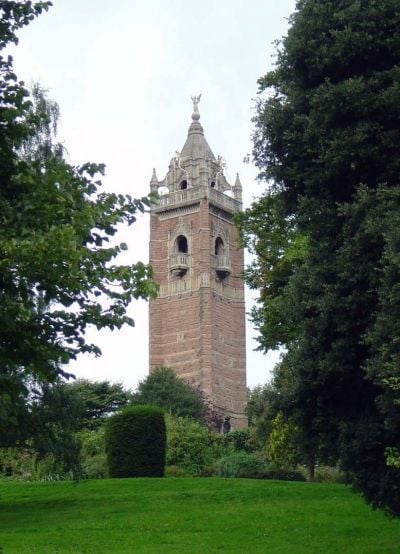
The Matthew
Sailed By John Cabot on His Voyage of Discovery
The Matthew named after John Cabot's wife Mattea was a small ship (50 tons), but fast and able with a crew of just 18 people. To celebrate the 500th anniversary of Cabot's voyage, a replica of the Matthew was built in Bristol. She was dedicated in a ceremony during the first International Festival of the Sea, held in Bristol's Floating Harbour in 1996. The next year, she reconstructed Cabot's original journey on the 500th anniversary of the landmark voyage. On 24 June 1997 the replica of the Matthew was welcomed into port at Bonavista by Queen Elizabeth II.
The full-size replica is 78' (23.7m) long with a beam of 20'6" (6.3m) with a draft of 7' (2.1m) and 2,360 sq ft (219 m2) of sail. She now offers commercial harbour and offshore cruises from March to September each year from Bristol, where she is moored next to the SS Great Britain in the Floating Harbour.
The Matthew: Replica of John Cabot's Ship That Discovered Newfoundland, Canada 1497

Wesleyan Chapel
In the Middle of the Shopping Centre in Bristol
John Wesley's Chapel stands in the Horsefair, Broadmead, Bristol; in the heart of a modern shopping centre, near the centre of Bristol. Built in 1739 it's the oldest Methodist Chapel in the world built.
George Whitefield, who worked with the poor in Bristol preaching in the open air, asked John Wesley to take over his work; John Wesley gave his first open-air sermon to a crowd of 3,000 people. As John Wesley was subsequently barred from preaching in Bristol pulpits he built his own Chapel which was also used as a dispensary and schoolroom for the poor and can be seen today just as it was in the 18th Century. Charles, John's brother was also a Church of England priest and is renowned for his hymn writing, his most famous works include Hark the Herald Angels and Love Divine.
Most of Broadmead was flattened during the blitz on Bristol in WWII although some historical buildings survived including 'The Wesleyan Chapel', the Mormons Church (now a Registry Office), the Merchant Tailors Almshouse and part of 'The Shopping Arcades'. There were two shopping arcades (dating to early Victorian or earlier) but only the lower Shopping Arcade survived the blitz. The Merchant Tailor Almshouse now fronts an entrance to the Galleries (a shopping mall built in the 1980s). The original building on the site became the property of the Merchant Tailors in 1575. The present building dates from 1701 when it was opened as a home for nine poor tailors or their widows. It was used for this purpose to at least 1905. In the 1930s the building was used as the Weights and Measures Office, later it housed a bank and more recently became a restaurant.
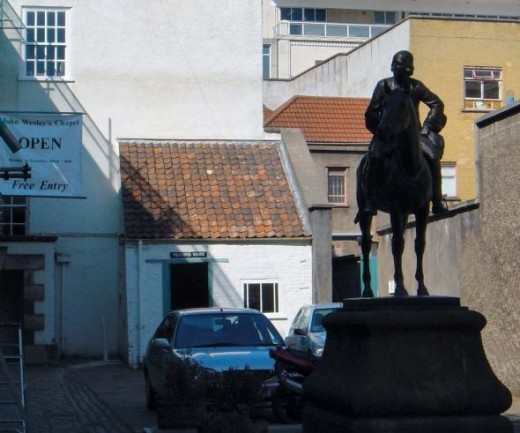

Isambard Kingdom Brunel (1806-1859)
Isambard Kingdom Brunel was a Victorian engineer best known for the creation of the Great Western Railway, a series of famous iron built steamships, including the first with a propeller, and numerous important bridges and tunnels. His designs revolutionised public transport and modern day engineering.
Brunel had a long and fruitful association with Bristol. He designed the hugely successful steamships Great Western (1837), and Great Britain (1843) both built and launched in Bristol; the latter, after long service in the Atlantic, has been returned to its native city, and lies in state as a floating museum. In 1830 he redesigned Bristol docks and in 1841 completed the Great Western Railway line to London. He also designed Bristol Temple Meads Station (1839) with an impressive Gothic style frontage that still stands today. In 1836, he was commissioned to design and build of a suspension bridge to span Avon Gorge; unfortunately, funds dried up and the bridge was not completed until 1864, five years after his death. Clifton Suspension Bridge, which delicately spans the rocky and wooded 250ft deep gorge, is still in use to this day.

SS Great Britain
Built in 1843 by Isambard Kingdom Brunel
The SS Great Britain was an advanced Atlantic liner designed by Isambard Kingdom Brunel for the Great Western Steamship Company's Bristol-New York service.
While other ships had been built of iron or had been equipped with a screw propeller, the SS Great Britain was the first to combine these features in a large ocean-going ship. When launched in 1843 she was the largest vessel afloat.
However her protracted construction and high cost left her owners in a difficult financial position, and they were forced out of business in 1846 when the Great Britain was stranded by a navigational error. She was sold for salvage, repaired, and carried thousands of immigrants to Australia until converted to sail in 1881 and three years later she was retired to the Falkland Islands and used as a warehouse and coal hulk until she was scuttled in 1937. In 1970, the SS Great Britain was returned to the Bristol dry dock where she was first built and is now an award-winning visitors attraction as a museum ship in Bristol Harbour,
SS Great Britain, Bristol Docks, England
Bristol Docks
And the Ferry Service
Bristol Docks is fed by the River Avon, was one of the most tidal docks in the world with variations between low and high tide of 30 feet (9m); until 1809 when it was transformed into a floating harbour by weirs, canal feed and locks to control water and allow for greater safety making the docks more commercially viable.

However, during the early 1970s Royal Portbury Docks were built near Avonmouth Docks on the southern side of Bristol where the River Avon joints the River Severn and commercial shipping quickly ceased at Bristol Docks as these docks in Avonmouth and Portbury took over all commercial shipping. Bristol docks from that time in the early 70s were rapidly redeveloped for tourism with many of the old warehouses being renovated and hired out for leisure activities. Radio West hired one of the sheds when it was launched in 1981. Radio West becoming GWR (Great Western Radio) in 1985 when it merged with Wiltshire Radio eventually splitting to become Heart Bristol which plays more contemporary music and Classic Gold which plays music from the 70s and 80s. Radio West, although not having a large audience base when it was launched became famous for its portrayal in Shoestring, the famous BBC TV Detective series of the 80s.
Some sheds survive today such as M shed which is now a museum but many of the warehouses have now been demolished for redevelopment including building apartment blocks. Shed A has Grade II Listed buildings status and Shed V has become Wetherspoons, a very successful modern countrywide pub chain offering pub lunches (including breakfast) at pub prices e.g. large portions of well cooked and served food at a fraction of the price for the same food and service from a restaurant; in other words very good value for money. Their success is down to offering both alcoholic drinks as a pub at cut prices and pub food at pub prices making them very good value for money and therefore very successful.
W shed became famous in the 70s when the Arnolfini rented it for their contemporary arts; the Arnolfini being one of Europe’s leading centres for contemporary arts, made their name in Bristol in the 70s by regularly showing contemporary but off-beat movies; it’s where I first seen the film ‘The Bed Sitting Room’, an off-beat British satire comedy film starring Arthur Lowe, Spike Milligan and many other famous actors.
Today, getting off a train at Temple Meads (build by Isambard Kingdom Brunel) travellers wishing to make their way to the Bristol Docks at the centre of Bristol (not far from Broadmead, inner Bristol shopping centre) have the option of getting a taxi or bus, walking (20 minutes) or using the ferry service.
Bristol River and the Old City Centre Docks
Click thumbnail to view full-size

















Bristol Floating Harbour, England
Victoriana Bristol
And What the Victorians Did For Us
Not only is Bristol littered with Victorian Architecture, not least the great works of Isambard Kingdom Brunel such at the Clifton Suspension Bridge, the SS Great Britain, Bristol Docks and Temple Meads Railway Station, but also quaint architecture such as the 'Victorian Toilet' at the top of Blackboy Hill, Bristol, and still in use today, as featured in this picture!
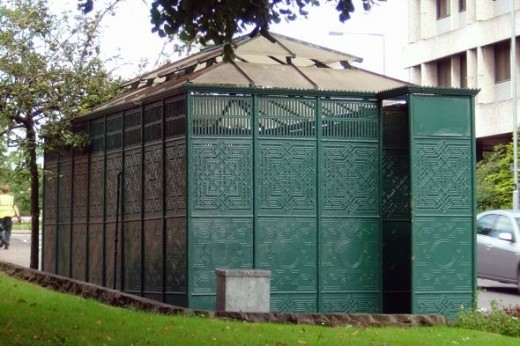
Bristol Architecture New & Old (Car Drive through the City)
Bristol in the 1920s
This content is accurate and true to the best of the author’s knowledge and is not meant to substitute for formal and individualized advice from a qualified professional.
© 2009 Arthur Russ

